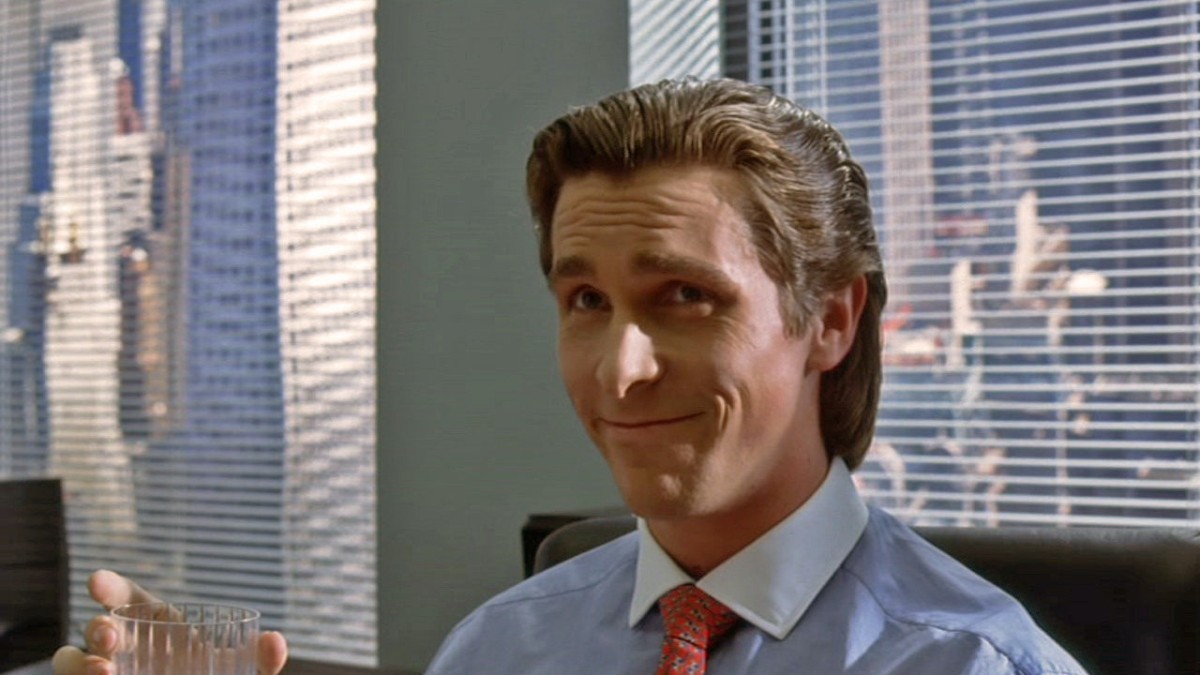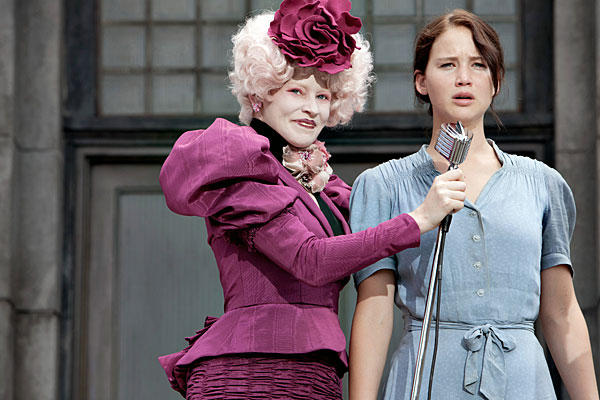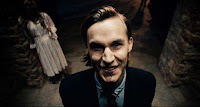The iconography is an important aspect of a genre such as images, objects, which indicate a sub genre or a setting. The setting of a movie is the location it takes place at, it also gives the atmosphere of a film in sense of what may happen. These are important micro elements as they are used to distinguish different genres and types of films for example a film set in Victorian era may have iconography such as horses and carriages, traditional clothes and buildings to show it may be a dramatization to do with a story made up in that time frame.
Setting:
A setting that's conventional for a thriller movie is usually a large city for example new York because they have large land shapes suitable for action and drama such as tall buildings for cutting edge scenes, they have many roads and back streets for action and makes the audience worry for the character as they are lost in a large city, for example minority report:

Another conventional thriller setting may be a large house possibly suburban usually old to create fear and mystery and worry for the protagonist who will most likely have to solve the mystery in the film with the endless possibilities of what's inside making the audience on edge of things they don't see. For example insidious:

A house could be in the middle of nowhere indicating no escape for the character creating more of a thrill as that could indicate a chase with the killer or a vicious being, and the protagonist then in a confrontation which may be violent and highly thrilling. An example of this setting is 10 Clover field lane:
 Settings and sub-genre:
Settings and sub-genre:
Settings may vary upon different sub genres as some sub genres need more place for action to take place like an action thriller as the plot revolves around things that happen in large spaces, this also adds to the characters description as headstrong bad ass and serious adding to the suspension in the movie. For example hostage:

Supernatural sub genres need setting to create an elusive effect such as a cornfield or just the middle of nowhere this is suitable for supernatural or mystery thrillers as people or creatures could hide in it or the character could become lost in a life threatening situations this could make the characters seem curious, confused and brave to create more meaning to the genre. For example signs:

A psychological thriller may require a place that is suitable for hiding secrets in confined spaces such as an old house, garage, abandoned train station as these setting tend to be eerie and suitable for jump scares, or even a normal suburban setting to make the character seem innocent when the reality is different making the whole film jumpier. For example American psycho:
 Iconography:
Iconography:
An example of typical thriller iconography are props which are weapons such as knives, guns, axes, hammers, chainsaws or handcuffs to create a violent persona and enigma for a character which is typically an antagonist like a serial killer in a horror or psychological, or an outlaw or gangster in an action or crime thriller as these props have connotations and are usually associated with death, blood and brutality. These props usually indicate threat.
Clothing like masks, hoodies, coats, hats, denim,scarfs/bandannas is typical for the male character who is usually the hero or the villain, these items of clothing are usually associated with serial killers,"creepy" character, hit men and gangsters.
Vehicles are typically found in a thriller which is usually a jeep car, motorbike, sports car, in an action and crime as these are typically associated with fast paced action such as a car chase, abduction which creates an enigma and suspense for the audience before the action has begun.
Conventional thriller locations may be a dark alley or parking lot as these can be typically associated with murder, chases, abduction, or even the place where the stereo typically "creepy" character hangs out which is usually the villain, the time of day in a thriller is usually night in thrillers as this is where most of the action or murders take place
Typical lighting in a thriller is usually low key, only light used creates shadows to create enigma for the film symbolizing danger and threat within the sequence, and usually symbolizes crime about to take place out of the view of everyone else representing light and dark.The lighting is usually only high key when the threat and action is over and out and the situation is resolved
The characters is a thriller usually have to have emotional depth to explain the action going on there, so we know what to expect from the characters, this emotional depth is used to create reasons for the action such as revenge stories or killing sprees.
The plot is usually to do with money or business deals turned toxic this is usually present in action/crime thrillers predominantly. The plot is usually about a character who wants to gain something or get something back that the character was deprived of before the events of the film.
Camera angles are usually eye level to create a natural realistic effect so we can view the action as more authentic
Iconography and sub-genre:
The sub genre crime thriller is usually emphasized on vehicles, guns, money deals and contracts, abduction, murder, a protagonist who wants something back from criminals or to bring the antagonist to justice. The location is usually a large city or small town where the crime takes place. The clothing may consist of identity restricting clothing such as scarfs, hats, overcoats etc.
The psychological thriller genre is usually based on plots which involve murder or experiences of delving into the characters mind so you may see an institution. Props which are usually weapons such as knives, chainsaws, hammers etc. these are associated with pain and torture which is what the character may do. The location can usually be the middle of nowhere to a suburban town.Clothing may be innocent to make the protagonist unsuspecting.
In the sub genre horror thriller you may expect to see a location which is an old house or small town being terrorized by a ruthless killer or paranormal entity.The time of day is almost always night as this sets the threatening mood of being afraid of the dark. In this genre you may expect to see normal suburban clothing as a symbolization of victims.
Thriller opening analysis:Fat and furious 6

In this shot we can see the main prop which is a sports car vehicle indicating that it is about some sort of action. The lighting is high key suggesting that it is about detailed action going on in the film.We can see smoke arising from the vehicle suggesting the thriller is explosive and boisterous in nature.

In this hot we can see we are introduced to the protagonist as the camera is on his side of the car. He is in a car which once again symbolizes action, they are in a far away location suggesting it is a lot to do with travel.the light technique is 3 point to make the characters stand out.

Here is a bird eye shot of the racetrack indicating action and it establishes the setting

 The names of the actors are given here after all the names of the people who made the film were shown.
The names of the actors are given here after all the names of the people who made the film were shown.



















